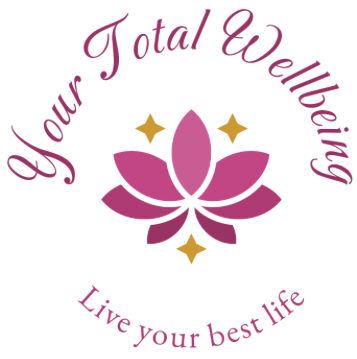My Blog
Choose Your Hard – A Gentle Call to Conscious Living
In a world that often champions ease, comfort, and shortcuts, the reality is that life is inherently hard. Not in a punishing way, but in the sense that challenges are woven into the very fabric of the human experience. The powerful message in the graphic above offers a grounding reminder that while we cannot avoid difficulty, we do have a say in what kind of hard we are willing to face.
Is Your Past Impacting You Today?
Did someone in your past hurt you – and is that why you are sometimes anxious, angry, or depressed?
Do you believe that someone in your past—your parents, caregivers, or an ex-lover, for example—is to blame for your current emotional pain?
Most of us have experienced some form of abandonment, neglect, rejection, or abuse in the past.
Maybe our parents couldn’t give us the attention and love we so craved when we were little. Maybe the way they spoke to us led us to believe we were bad or wrong in some way. Maybe they were just too busy or too distracted and we were left feeling that we weren’t important or worthy of their attention—even if they were good people with the best intentions. Or maybe they were verbally, physically, or sexually abusive which led us to feel deeply shamed.
Or, later in life, we fell in love with someone we thought was our soul mate, only to be deeply hurt when that person broke up with us without warning, or betrayed our trust in some way.
We’re all left with these “wounds” from our past that SEEM to play a big part in how we feel about circumstances today.
The Facts About Domestic Violence
In Australia, domestic and family violence is against the law. A person who commits these crimes, can go to jail, whether they are a man or a woman.
The Australian Institute of Health and Welfare’s report, “Family, domestic and sexual violence in Australia 2018” shows that violence occurs across all ages and all socio-economic and demographic groups, but predominantly affects women and children. One in 4-6 women, since the age of 15, has experienced emotional, physical and/or sexual abuse by a current or former partner; while one in 6-20 men, since the age of 15, has experienced emotional, physical and/or sexual abuse by a current or former partner.
From 2012–13 to 2013–14, about 1 woman a week and 1 man a month were killed as a result of violence from a current or previous partner (Bryant & Bricknell 2017).
Unveiling the Shadows: Understanding Gaslighting and Its Psychological Impact
Gaslighting is a subtle yet powerful form of psychological manipulation that can have devastating effects on an individual’s mental and emotional wellbeing. Coined from the 1944 film “Gaslight,” this term refers to a tactic used by manipulative individuals to distort someone’s reality, making them question their perceptions, memories, and sanity. In article, we will explore the concept of gaslighting, its techniques, and the profound impact it can have on victims. We will draw upon psychological research and expert opinions to shed light on this alarming phenomenon.
Understanding Coercive Control: A Hidden Form of Abuse
Coercive control is a form of domestic abuse that often goes unnoticed due to its non-physical nature. It involves a pattern of behaviours aimed at dominating and isolating the victim, leading to significant psychological harm.
Indicators of Domestic and Family Violence
Service providers, such as GPs, psychologists, psychotherapists and counsellors, play a pivotal role in identifying and responding to domestic and family violence.
The lists of possible indicators of family and domestic violence (see Tables below) are provided in relation to adult and child victims for the purpose of forming professional judgements about when to undertake family and domestic violence screening.
Indicators can often be attributed to causes other than violence, be overlooked or disregarded. However, it is essential that service providers initiate a conversation about family and domestic violence if a number of indicators or a pattern of recurring indicators are present. This process should be guided by a specific domestic violence screening tool or other similar prompting questions.
